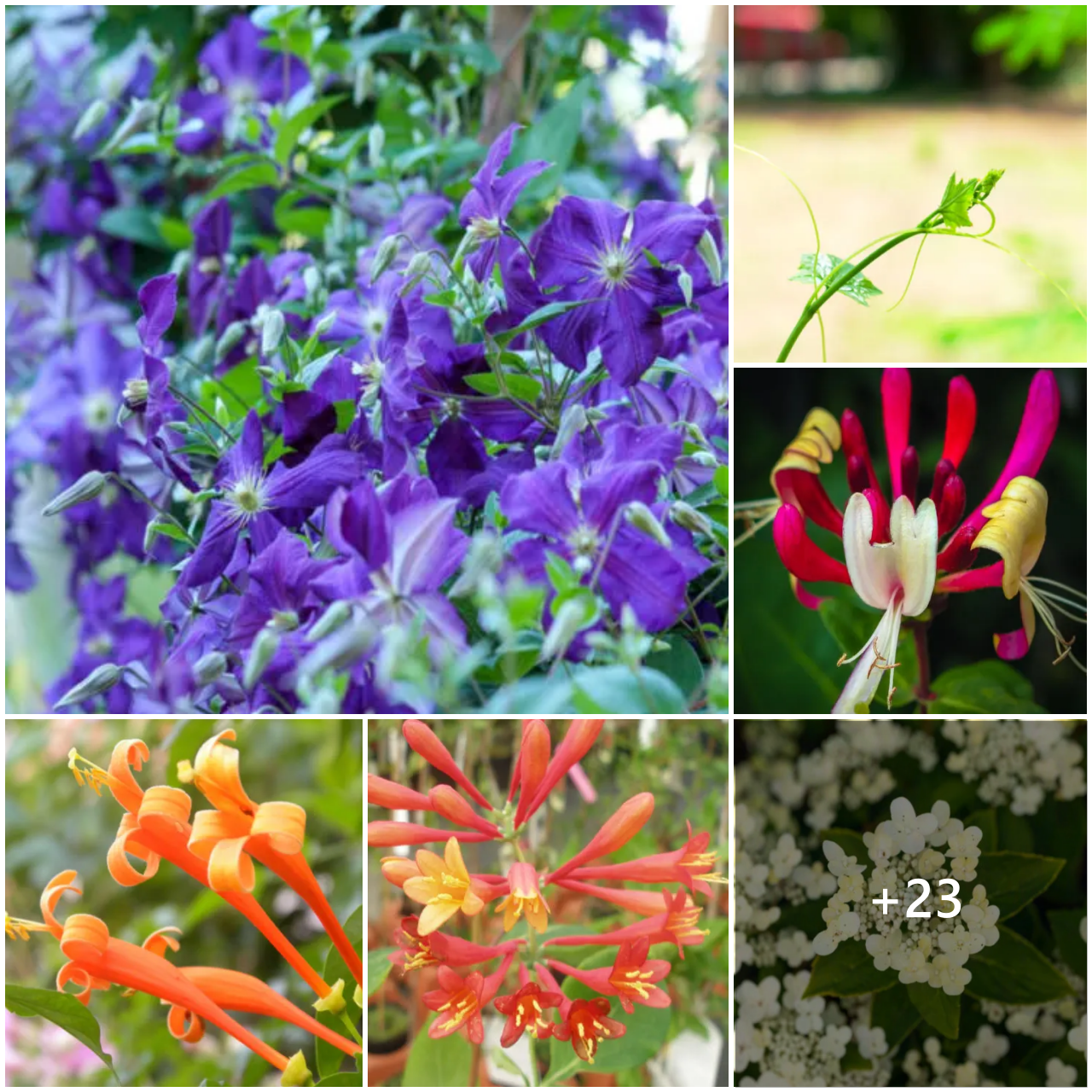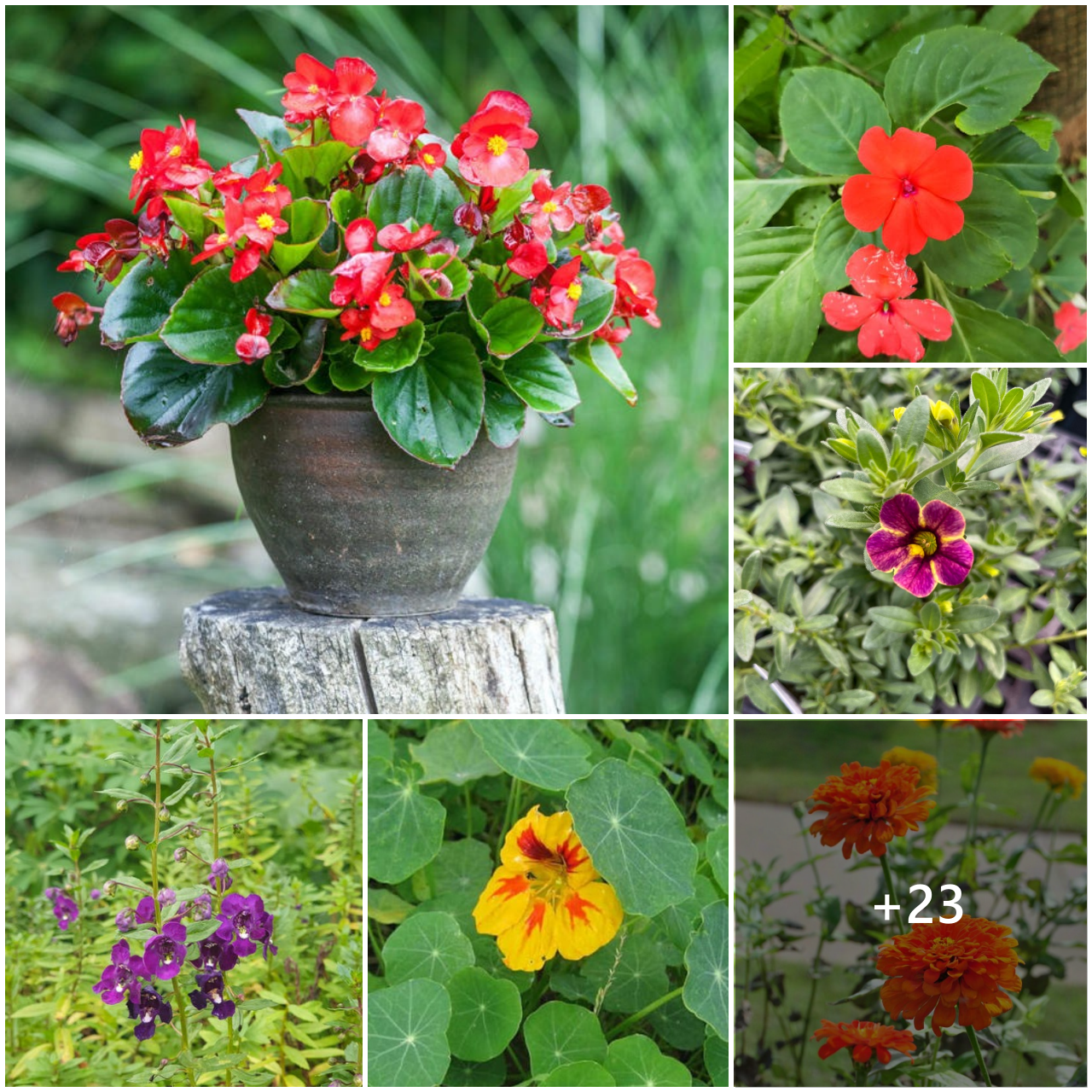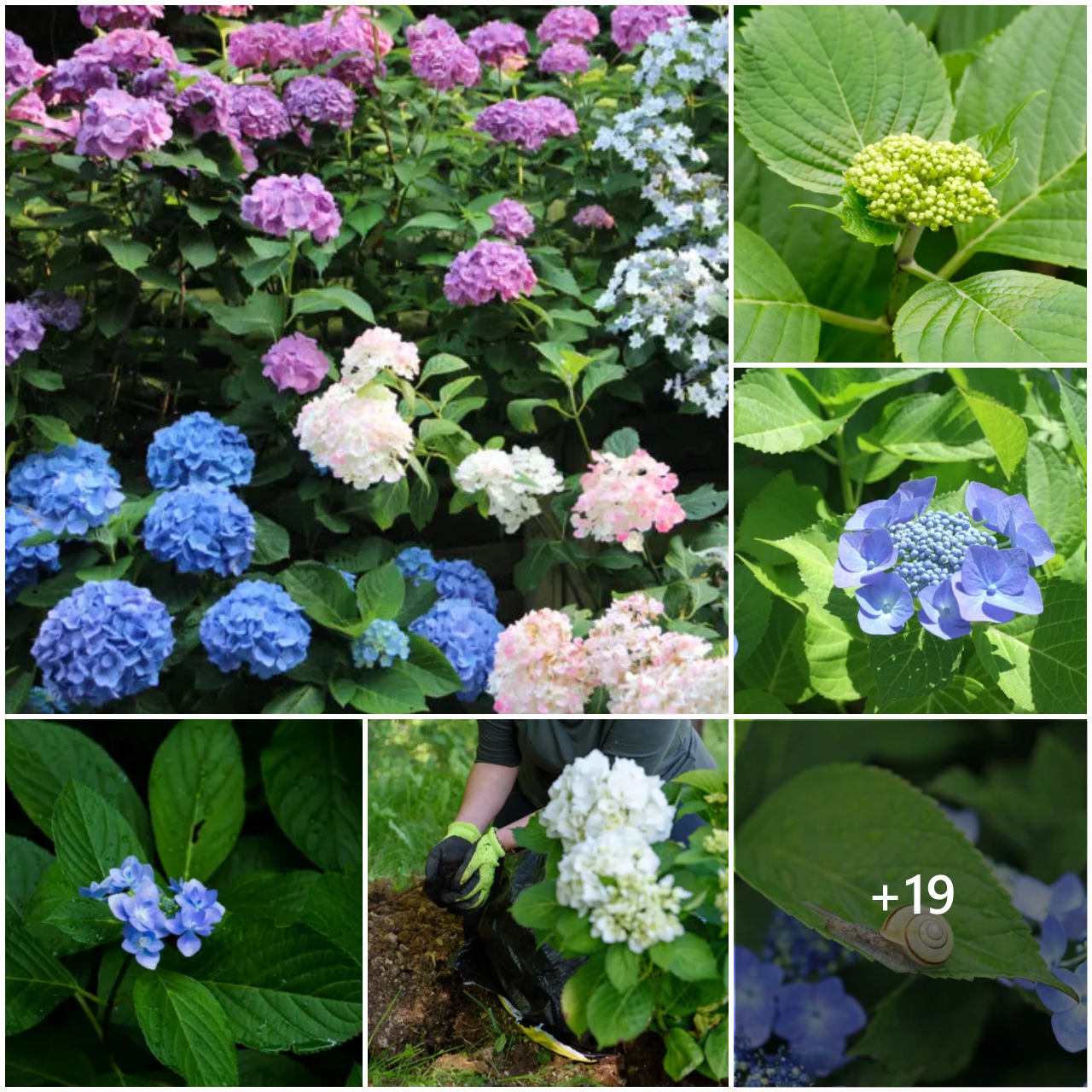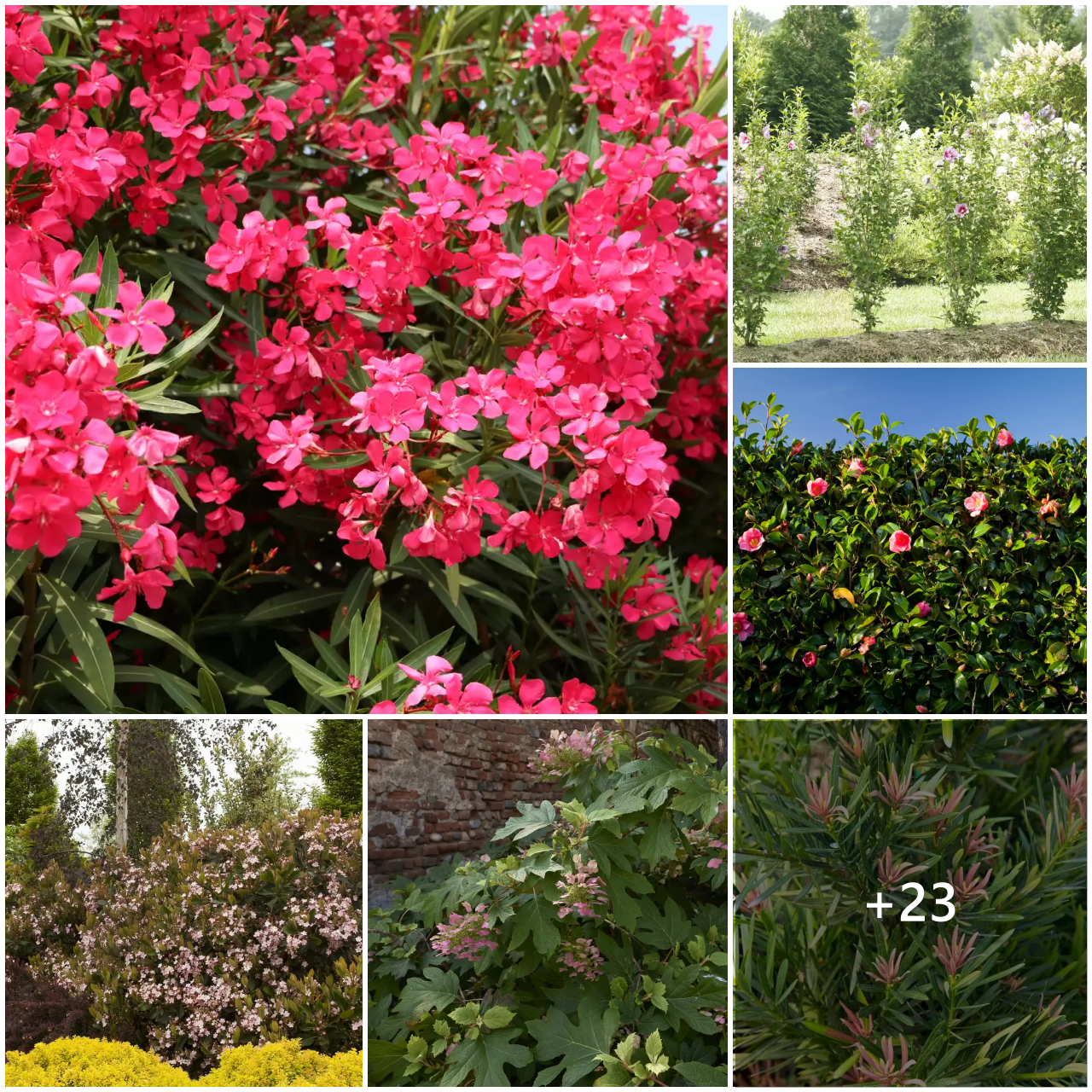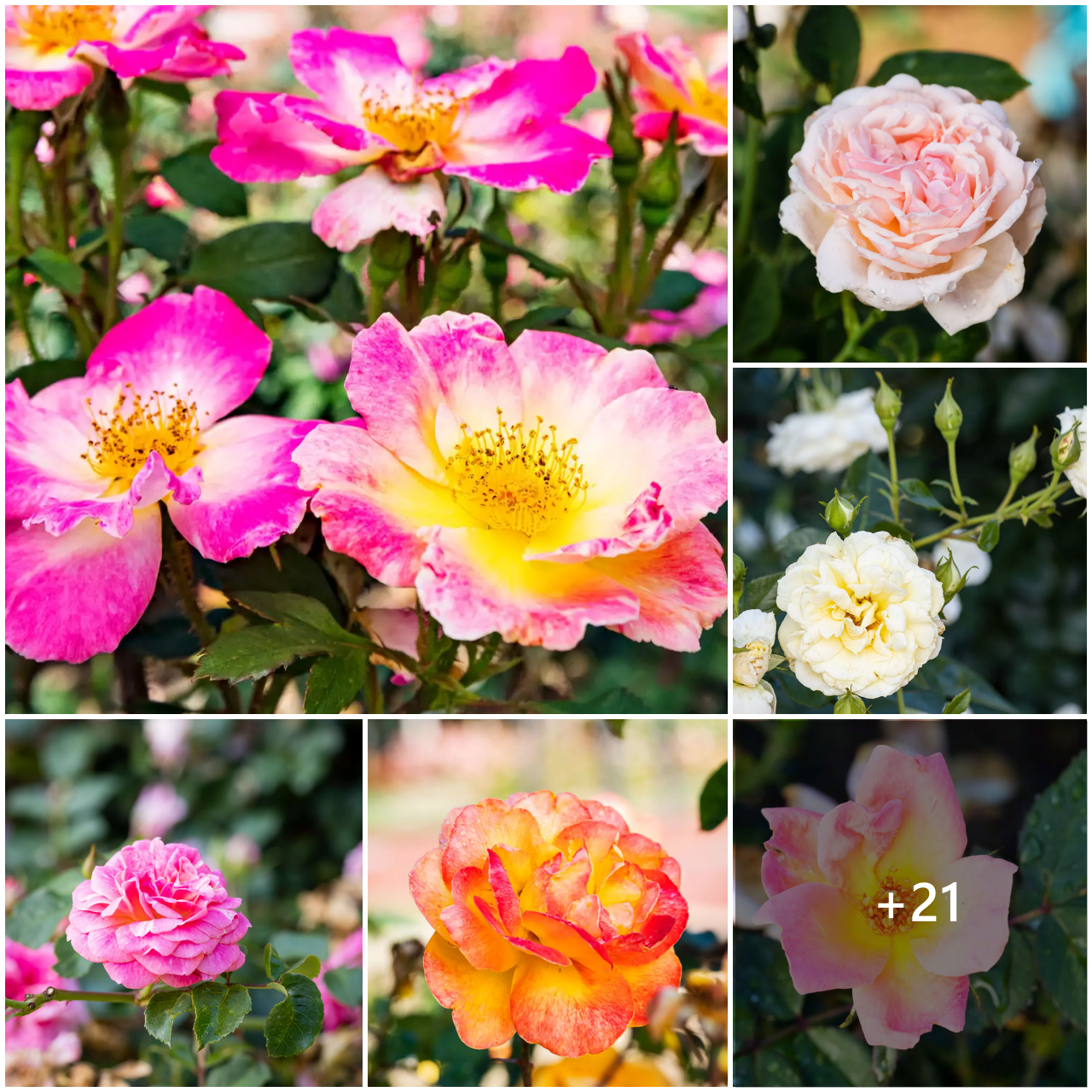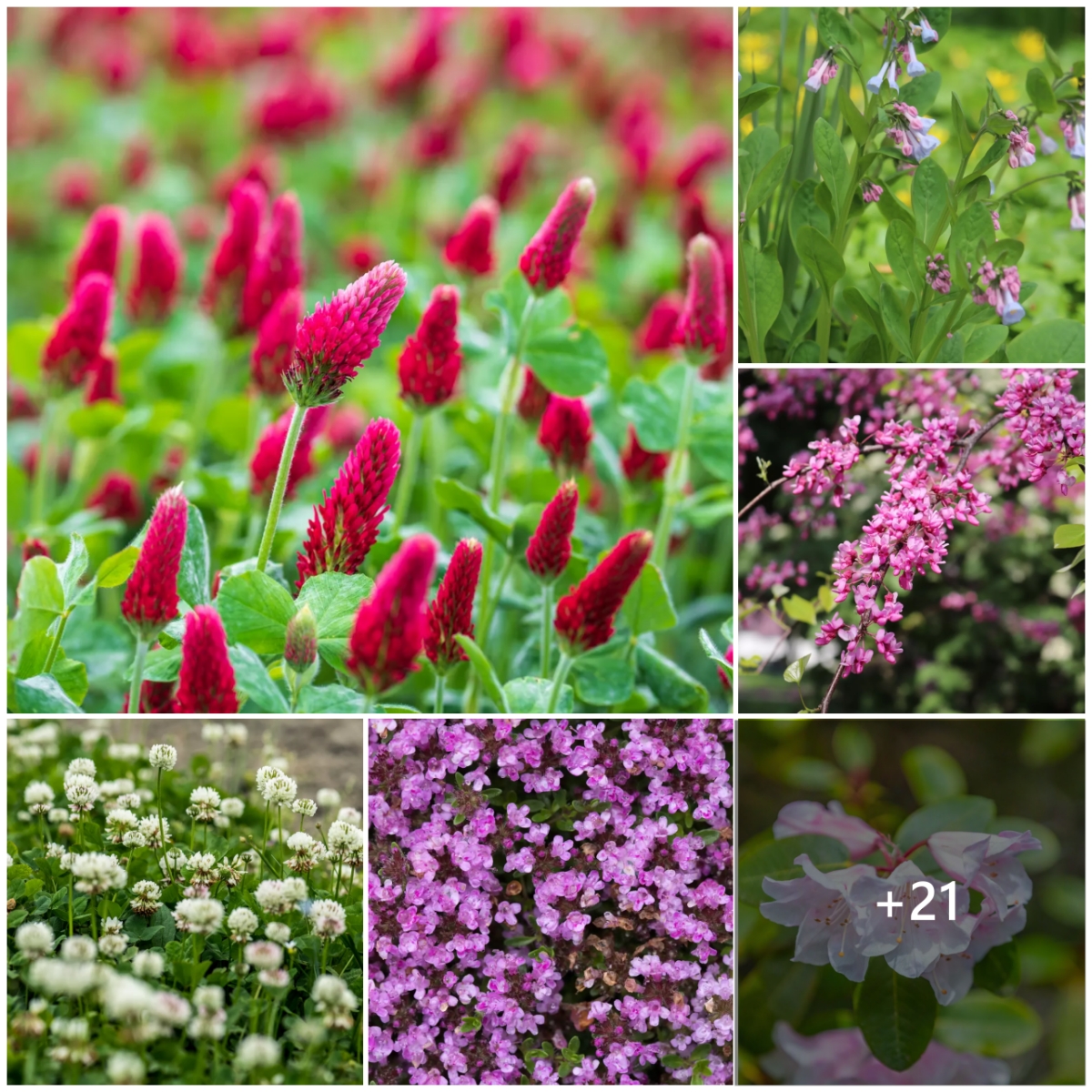These are the prettiest annual and perennial daisies to add to your garden.
Think of a daisy, and perhaps the childhood game of “He Loves Me, He Loves Me Not” comes to your mind, where petals plucked one-by-one from the flower could reveal affections. Or maybe you simply picture the classic ring of white petals around a yellow button center. But there are several types of perennial daisies, and a few annual ones too, that come in different sizes, shapes, and colors. Plus, a daisy can go by various names such as gerbera daisy, Shasta daisy, and English daisy. Here’s what you need to know about the best types of daisies to grow, as well as the answer to: are daisies perennials or annuals?
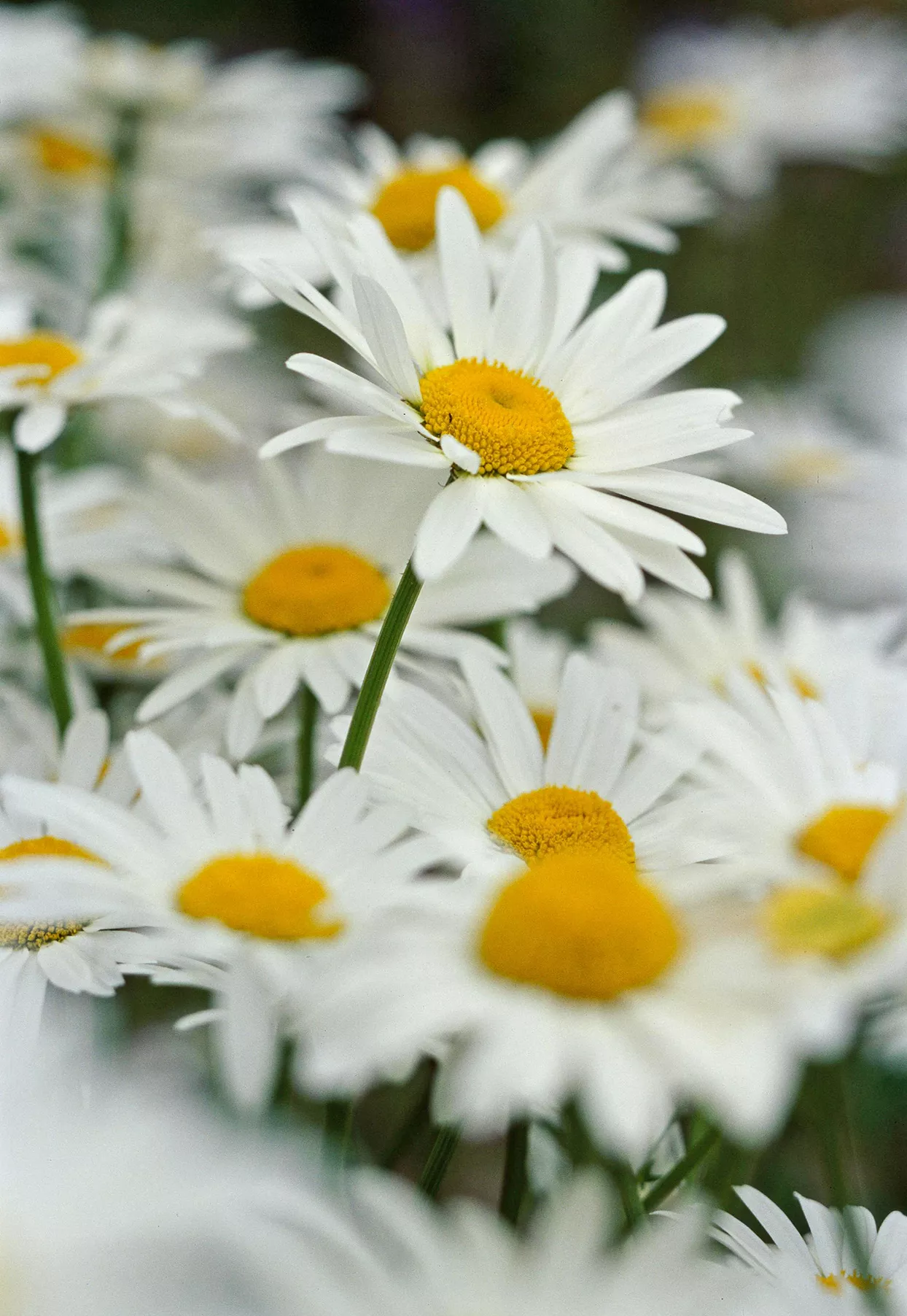
Types of Daisies
When looking for a daisy to grow in your garden, it helps to know its scientific name (genus and species). That’s because “daisy” could mean Shasta daisy (Leucanthemum x superbum) or marguerite daisy (Argyranthemum frutescens), but you can see their scientific names are quite different. Similarly, a daisy could mean a number of other popular plants such as painted daisy (Tanacetum coccineum), English daisy (Bellis perennis), gerbera daisy (Gerbera jamesonii), and African daisy (Ostespermum hybrid).
When shopping at your nearest garden center or online, noting the genus and species of the particular daisy that you are looking for will make it easier for you to purchase the right plant. Use this list of popular annual and perennial daisies to find the best daisies for your garden.
Types of Annual Daisies
Marguerite Daisy (Argyranthemum frutescens)
Native to the Canary Islands, marguerite daisy is technically a tender perennial but is usually grown as an annual because it’s only hardy in Zones 10 to 11. So in southern California and Florida, you could grow this plant year-round. In these areas, the plant can be cut back after bloom for a second show of color. In colder climates, this daisy is often grown as an annual to add color to fall gardens because the plant blooms during cool seasons.
African Daisy (Ostespermum spp.)
Each morning, daisy-like flowers open on African daisies. The blooms have showy outer petals in bright colors and a small “eye” in the center. African daisies come in a variety of warm hues from red to yellow, as well as white and purple.
Gerbera Daisy (Gerbera jamesonii)
Gerbera daisies are prized for their brilliant, bright colorful blooms of orange, hot pink, yellow and more. The gorgeous colors adorn huge flower heads that make the most stunning bouquets. First found in Africa and hardy to Zones 9-11, gerbera daisies make pretty additions to container gardens and will attract butterflies.
Types of Perennial Daisies
Shasta Daisy (Leucanthemum x superbum)
Shasta daisies are often what people often picture as a daisy with pure white petals around a yellow center. The plant blooms prolifically in summer and is hardy in Zones 4-9. There are several varieties that come in different heights, sizes of flowers, and amount of petals per flower. This perennial daisy makes a gorgeous addition to a cut flower garden.
Ox-eye Daisy (Leucanthemum vulgare)
This perennial daisy also has flowers that look like the classic yellow-eyed, white-petaled daisy. It spreads easily and makes the perfect addition to a cottage garden. Each stem produces two or more flowers, each of which can easily be 1 to 2 inches across. Ox-eye daisy is hardy in Zones 3-8.
English Daisy (Bellis perennis)
The petite flowers of English daisy are an adorable addition to rock gardens or containers. These cool season perennials pair well with mums, ornamental kale or cabbage, and pansies for a gorgeous fall-themed container garden at the entrance of your home. They’re hardy in Zones 4-8.
Painted Daisy (Tanacetum coccineum)
This perennial daisy has yellow-centered flowers with pink, red, or white petals. A good choice for cottage gardens and cutting gardens, painted daisies bloom almost continuously from early summer to the first days of fall frost. The feathery, aromatic foliage provides a fine texture in the garden when the plant is not in bloom. Painted daisies are hardy in Zones 3-7.

Which Daisies Are Easiest to Grow?
The easiest daisies to grow are perennial types, because once established in your garden, the only maintenance needed would be deadheading faded flowers. Fertilizing on an annual basis isn’t necessary because most perennial daisies tolerate poor soil conditions well. Some taller varieties of daisies may need to be staked to keep them from flopping over when blooming.
The annual types of daisies will need frequent watering, fertilizing to keep them in bloom, and deadheading spent blooms. At the end of the growing season, they’ll also need to be replaced if you want to enjoy these daisies in your garden again the next year. That being said, annual daisies provide instant color that lasts all season when given the right care, as opposed to perennial daisies that will only provide color during a specific season of bloom.
Tips for Growing Daisies
No matter if you have an annual or perennial daisy, most prefer full sun to part sun exposure. Full sun exposure is considered to be greater than 6 hours of direct sunlight and part sun is between 3 to 6 hours of sunlight. Now this is typically said for states north of the Mason Dixon line. The intense heat of the southern sun can be harsher and burn plants to a crisp, especially if not watered on a daily basis.
All daisies prefer well-drained soil. Annual varieties will bloom from spring to fall when watered and fertilized on a regular basis. Perennial varieties typically bloom only from spring to summer. That is why having a combination of annuals, perennials, and flowering shrubs in your garden is important to fill all seasons with blooms. The best way in which to accomplish this is by creating a garden journal or weekly or monthly photo collection of your garden to see what is blooming when. Then add in plants that bloom in the months where your garden is lacking color.
Frequently Asked Questions
-
Will daisies bloom again if I cut them back?
Certain types of daisies, such as shasta daisies, can be repeat bloomers if cut back after their first bloom. However, other types of daisies are one-and-done bloomers and will not bloom again until the following year.
-
When is the best time to cut daisies?
The ideal time to cut back ornamental daisies is when the blooms start to wither, brown, or drop petals. This will keep the flowers from seeding freely in your garden, restricting your plantings to where you want them to be. If you’re looking to harvest daisies for display in your home, cut the blooms when the bud is newly opened but all the petals are beginning to unfurl.
-
How long do cut daisies last?
With proper care (i.e. fresh water every few days), cut daisies can last between 7 and 14 days in a vase either by themselves or as part as a larger arrangement. In addition to periodically changing their water, recut their stems every three days to keep the flowers fresh and looking their best.
